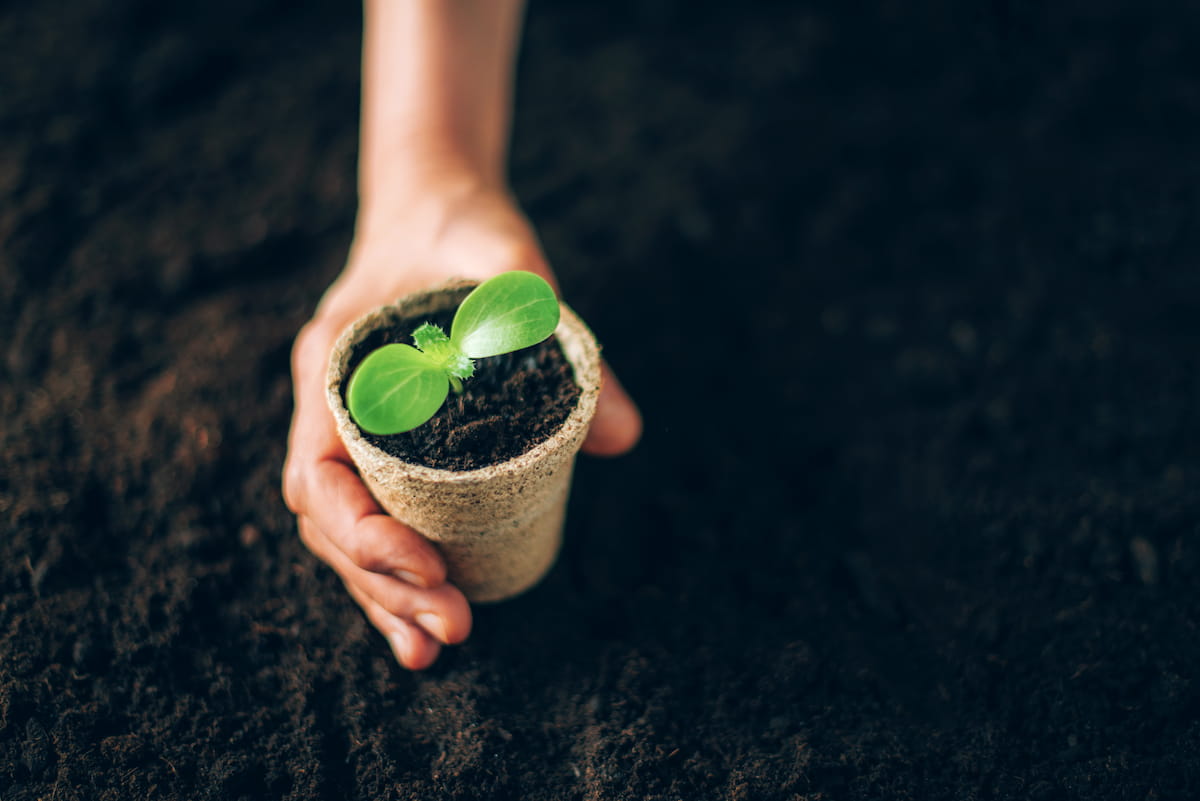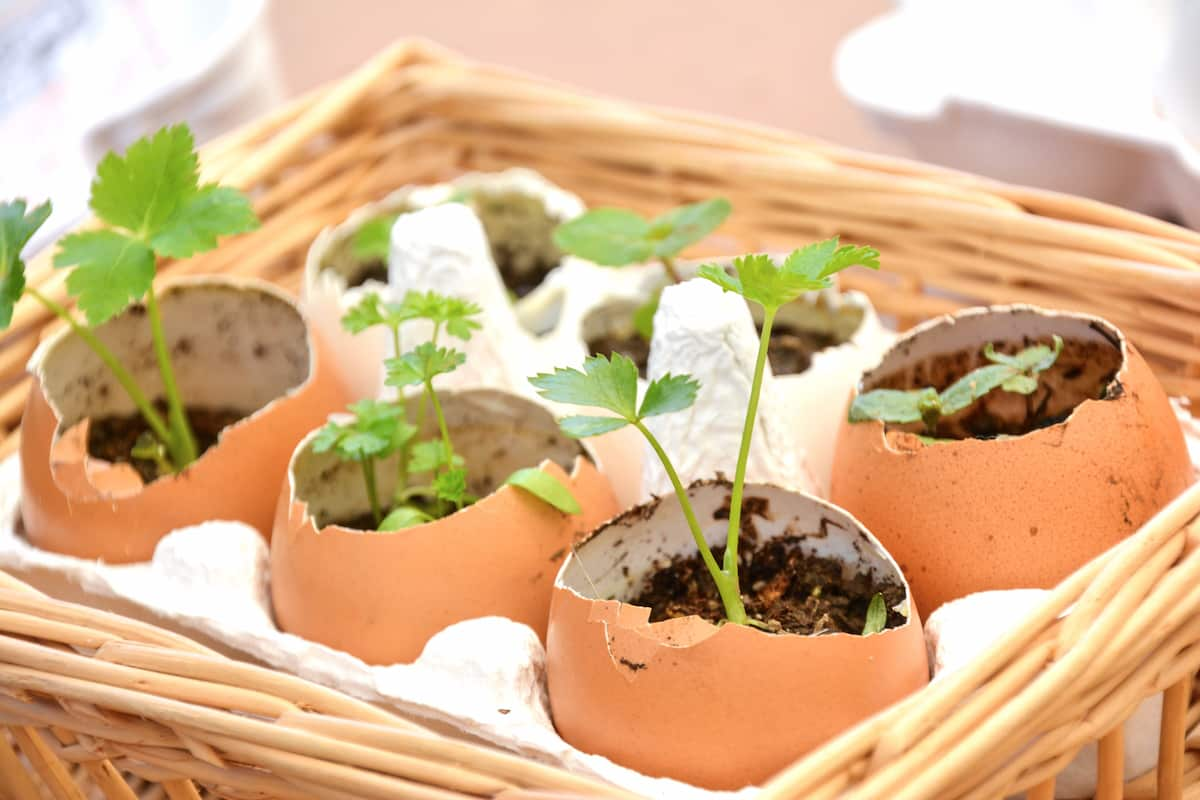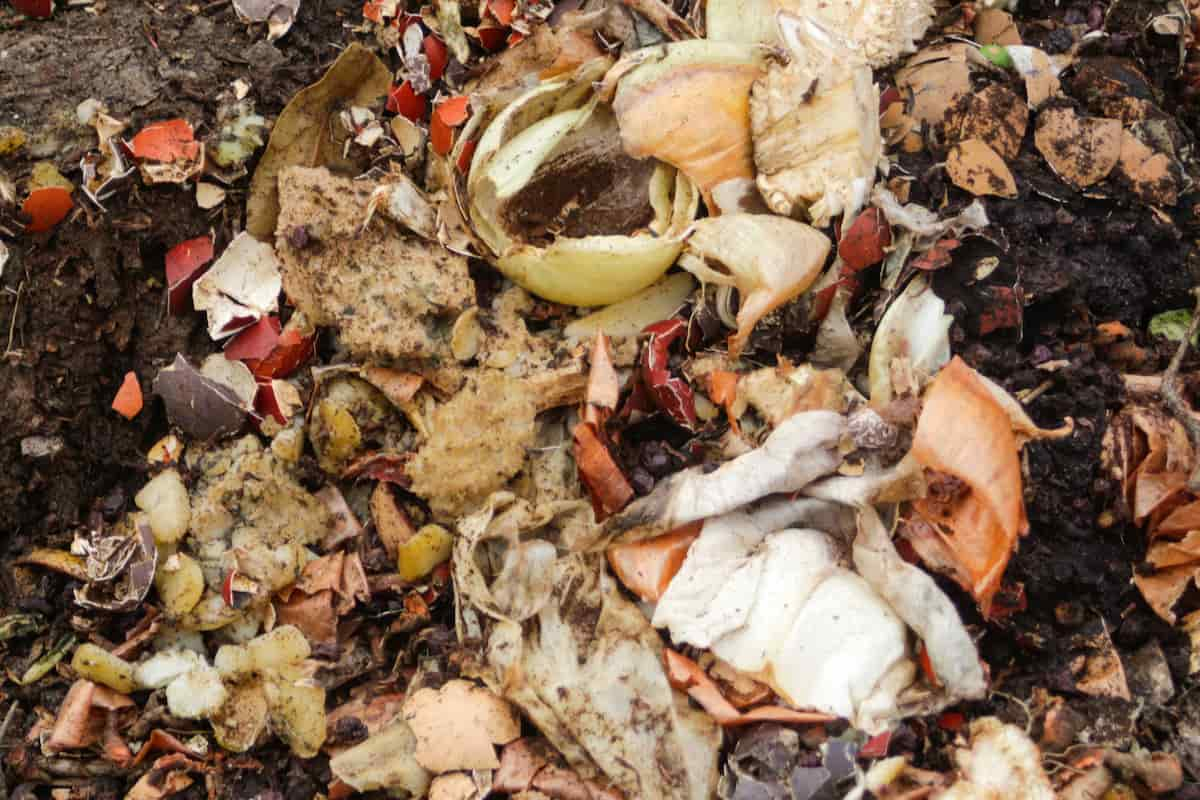While tending a garden is often rewarding, the trash it produces is not. The use of plastic containers, synthetic fertilizers, and pesticides all add up to make horticulture a major polluter. That’s where the concept of “zero waste gardening” comes in; it’s a strategy for getting the benefits of gardening while minimizing waste and cutting down on carbon emissions.
Using eco-friendly methods, a zero-waste yard can support itself ecologically. Composting, organic pest management, home gardening, reducing plastic use, and eliminating waste are ways to help the environment. Following these tips, you can assist the planet while cultivating a lovely garden. This article will cover ten easy ways to implement zero-waste gardening practices in your garden without harming the ecosystem.
Zero Waste Gardening Tips
What is Zero-Waste Gardening
Zero-waste gardening is an eco-friendly approach to gardening that focuses on conserving resources and minimizing waste. It aims to prevent greenhouse gas emissions, climate change, and depletion of natural resources by ensuring that nothing goes to landfills or is discharged into the environment.
This system involves cutting off the use of chemical substances like pesticides and plastics that do not support the Earth’s regeneration. Zero-waste gardening protects the environment for future generations by encouraging practices like composting, the use of natural insect control, the cultivation of one’s food, and the minimization of plastic use in gardening.
Importance of Zero-Waste Gardening
Zero-waste gardening offers several benefits, including reducing the resources that go into conventional food production and the amount of plastic used for packaging plant food and gardening items. By recycling food and land-based waste instead of sending it to the landfill, zero-waste gardening helps promote sustainability and reduce greenhouse gas emissions. This system also encourages people to use green energy and keep natural resources in good shape.
10 Tips For Zero-Waste Garden
- Buy high-quality, long-lasting gardening tools and accessories.
- Conserve water by collecting rainwater, shower water, and mulch in the garden.
- Avoid using chemicals and opt for natural methods and organic pest and weed control solutions.
- Make compost from biodegradable waste to recycle green waste and improve the soil.
- Improve soil nutrition by making your compost and collecting used coffee grounds.
- Collect soil in bulk instead of buying it in plastic bags.
- Repurpose and upcycle old items, such as bamboo toothbrushes for plant markers or donate plastic plant pots to nurseries for reuse.
- Choose eco-friendly materials for garden construction, such as oak, cob, and woven willow.
- Consider creating a green roof for good insulation, biodiversity, and air quality.
- Avoid using old railroad ties for raised beds as they contain a toxic creosote chemical. Opt for safe materials like newly cut or reclaimed wood.
10 Simple Steps of Zero-Waste Gardening
Start with Good Soil
Adding nutrition is necessary to improve the soil and promote better plant growth. However, there are more sustainable options than using packaged plastic nutrients. Instead, you can choose two waste-free solutions: making your compost or collecting used coffee grounds. Composting is a zero-waste habit that enriches the soil, while coffee grounds contain essential minerals, particularly nitrogen, that benefit garden soil.
Biodegradable Pots
Biodegradable pots are a superior alternative to traditional pots for several reasons. Firstly, they are eco-friendly and made from sustainable raw materials, which means the soil will absorb no harmful waste. Secondly, biodegradable pots allow roots to spread naturally and avoid coiling or folding, which often happens with traditional pots. As the biodegradable pot breaks down, the roots can push through and continue growing without restrictions.

Eco-friendly Packaging and Planting in Eggshells
Using eggshells as pots is a great way to recycle and add nutrients to the soil. Additionally, eco-friendly labeling is important for plant identification and harvesting. There are many alternatives to plastic labels, such as biodegradable paddle pop sticks, hand-painted rocks, and reusable blackboard paint pots. These options are better for the environment and help reduce waste.
In case you missed it: Top 10 Benefits of Azadirachtin Pesticide in Agriculture Plants

Making Your Fertilizer
Reducing plastic waste in gardening can be achieved by making fertilizer. Home gardeners often rely on soil mixes and fertilizers in plastic bottles or bags. However, there is a more eco-friendly alternative: making your compost. Composting reduces plastic waste and gives plants the essential nutrients they need to thrive.
Growing Food from Scrap
Growing food from kitchen scraps is an easy and cost-effective way to expand your garden. Vegetables like sweet potatoes, lettuce, and Asian greens can be regrown easily. Place sweet potatoes in warm water and wait for sprouts to appear, then plant them in the soil. Romaine lettuce is the easiest variety to regrow – place the end in water and watch it form new leaves. To regrow onions and spring onions, set the tips in water and wait for roots to appear, then plant them in the soil. Growing food from scraps can reduce food waste and have a sustainable source of fresh produce in your backyard.
In case you missed it: Top 15 Benefits of Drip Irrigation in Horticulture

Use of Weed Barriers
Instead of using plastic weed matting, there are natural materials you can use to prevent weeds from taking over your garden beds. Wood chips can maintain the beauty of your garden while preventing weeds from sprouting, insulating the soil, and helping to conserve moisture. Wet newspapers can also act as a biodegradable weed barrier that allows water to seep through and won’t harm your plants. While cardboard takes a long time to break down, it attracts worms and eventually composts into the soil. These organic options are cost-effective and eco-friendly, allowing you to maintain a healthy garden while reducing plastic waste.
Choosing Eco-Friendly Materials
Choosing eco-friendly materials for your garden, such as oak, cob, rammed Earth, woven willow, log walls, straw barrels, and chestnut-paling timber, can significantly reduce your carbon footprint. While these materials are full of character, they may be less durable than other options, so it’s important to consider their longevity when choosing for your garden.
Water Conservation
Water conservation is essential for sustainable gardening as only 0.3% of the water on Earth is usable. Collect rainwater using a rain barrel or shower water for indoor plants to reduce water usage in your yard. Mulching in the garden helps to retain moisture in the soil, reducing the need for frequent watering and aiding in weed control. Incorporating these practices into your gardening routine can reduce environmental impact and ensure a successful garden for years.
Recycle and Reuse
Gardening can generate a lot of plastic pots, but instead of throwing them away, you can reuse them in various ways. Plastic pots can be used for growing seedlings or repotting plants, and plastic or paper bags can be reused. Small plastic containers with holes at the bottom can be used as fertilizer dispersers, and larger plastic pots can be used for organizing and sorting equipment and materials. You can even use plastic pots as liners for stylish ceramic, metal, or concrete containers with no drainage holes. By reusing plastic pots, you can help reduce waste and maintain a sustainable garden.
Conclusion
Adopting zero-waste gardening practices can help reduce environmental impact and promote sustainability. By following these ten simple steps, such as composting, using organic methods, and conserving water, gardeners can create thriving gardens without producing excess waste. With these practices, anyone can become a more responsible and eco-friendly gardener.
- Feed Your Flock for Less: Top 10 Tips to Save on Chicken Feed
- Ultimate Guide to Ossabaw Island Hog: Breeding, Raising, Diet, and Care
- Hatching Answers: The Top 10 Reasons Your Chickens Aren’t Laying Eggs
- Eggs and Economics: Breaking Down the Cost of Raising Backyard Chickens
- Defend Your Greens: Proven Methods to Keep Iguanas Out of Your Garden
- Ultimate Guide to Cinnamon Queen Chicken: A Comprehensive Guide for Beginners
- Ultimate Guide to California Tan Chicken: Breeding, Raising, Diet, Egg-Production and Care
- Ultimate Guide to Marsh Daisy Chicken: Breeding, Raising, Diet, and Care
- 10 Types of Chicken Farming Businesses You Can Start for Profits